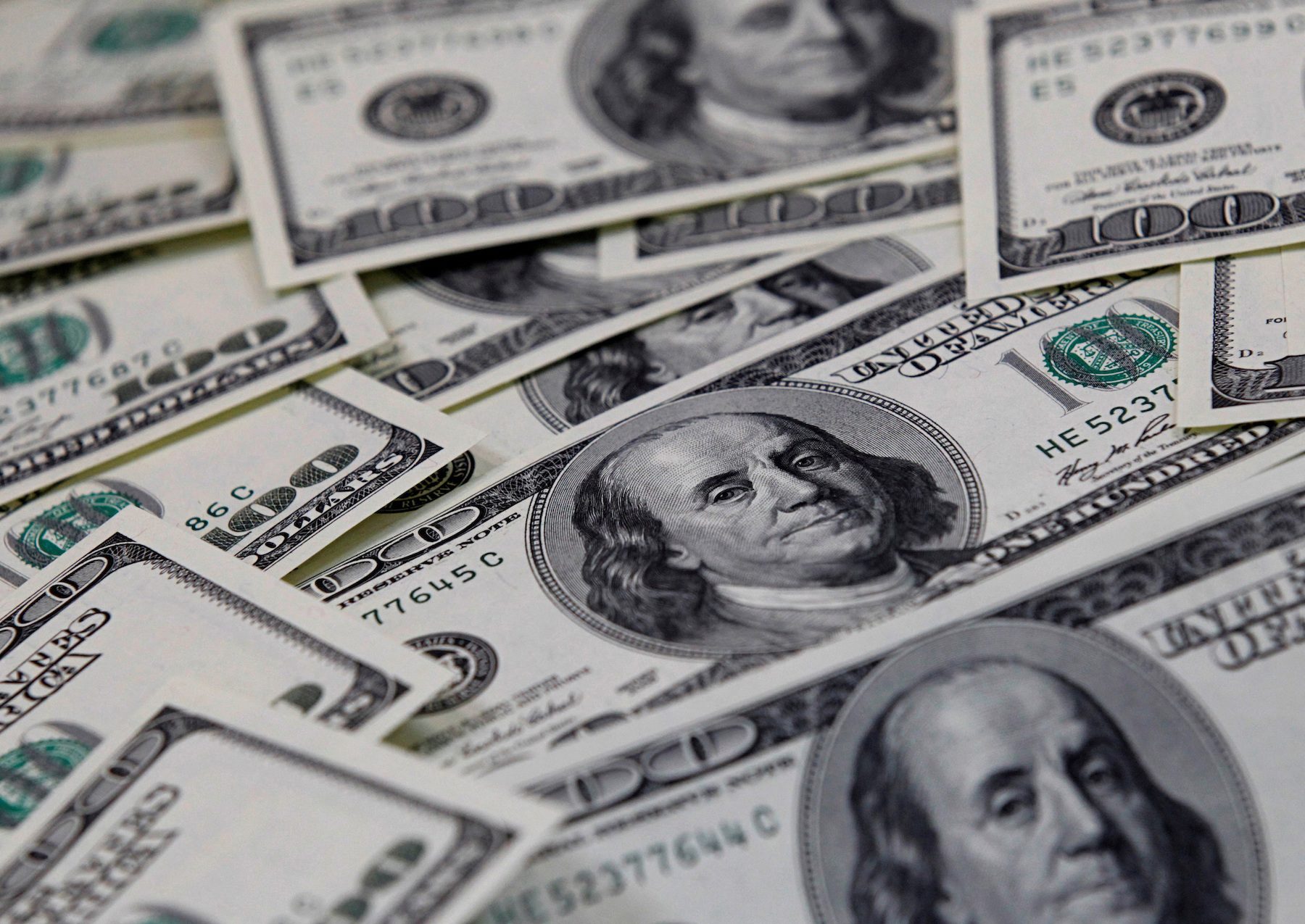SUMMARY
This is AI generated summarization, which may have errors. For context, always refer to the full article.

LONDON, United Kingdom – Global public debt surged to a record $92 trillion in 2022 as governments borrowed to counter crises, such as the COVID-19 pandemic, with the burden being felt acutely by developing countries, a United Nations report said.
Domestic and external debt worldwide has increased more than five times in the last two decades, outstripping the rate of economic growth, with gross domestic product (GDP) only tripling since 2002, according to the report on Wednesday, July 12, released in the run-up to a G20 finance ministers and central bank governors’ meeting from Friday, July 14, to Tuesday, July 18.
Developing countries owe almost 30% of the global public debt, of which 70% is represented by China, India, and Brazil. Fifty-nine developing countries face a debt-to-GDP ratio above 60% – a threshold indicating high levels of debt.
“Debt has been translating into a substantial burden for developing countries due to limited access to financing, rising borrowing costs, currency devaluations, and sluggish growth,” the UN report added.
Furthermore, the international financial architecture made access to financing for developing countries both inadequate and expensive, the UN said, pointing to net interest debt payments exceeding 10% of revenues for 50 emerging economies worldwide.
“In Africa, the amount spent on interest payments is higher than spending on either education or health,” the report found, with 3.3 billion people living in countries that spend more on debt interest payments than on health or education.
“Countries are facing the impossible choice of servicing their debt or serving their people.”
Private creditors, such as bondholders and banks, represent 62% of developing countries’ total external public debt.
In Africa, this creditor participation grew from 30% in 2010 to 44% in 2021, while Latin America has the highest ratio of private creditors holding external government debt for any region at 74%.
The United Nations said multilateral lenders should expand their financing, with measures such as a temporary suspension of International Monetary Fund surcharges – commissions charged to borrowers using its credit lines extensively – and increased financing access for countries in debt distress.
A debt workout mechanism is also needed “to address the slow progress of the G20 Common Framework,” the authors said, without providing any further details on how that mechanism should work.
The debt treatment framework was adopted by the Group of 20 major economies and official creditors in October 2020, and aims to include non-Paris club members such as China in debt relief. – Rappler.com
Add a comment
How does this make you feel?

![[OPINION] A rebellion long overdue](https://www.rappler.com/tachyon/2024/06/mass-uprising-matrix-june-4-2024.jpg?resize=257%2C257&crop_strategy=attention)








There are no comments yet. Add your comment to start the conversation.